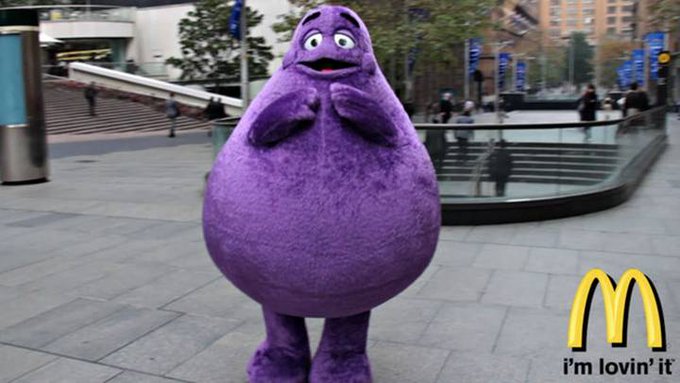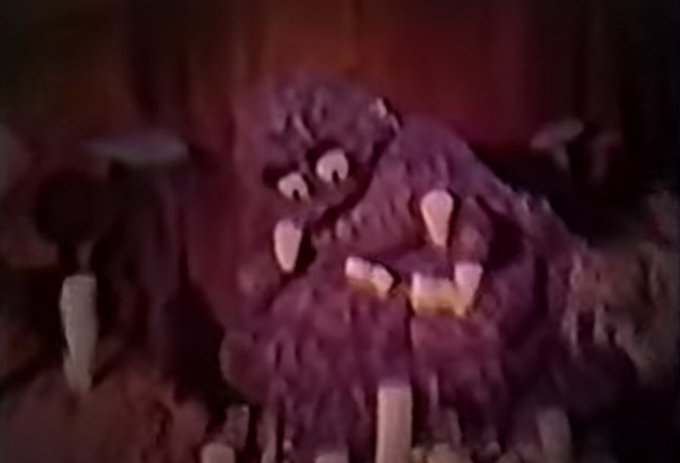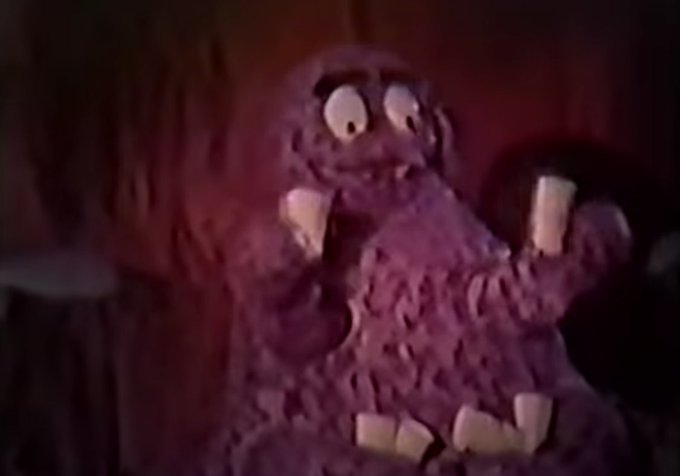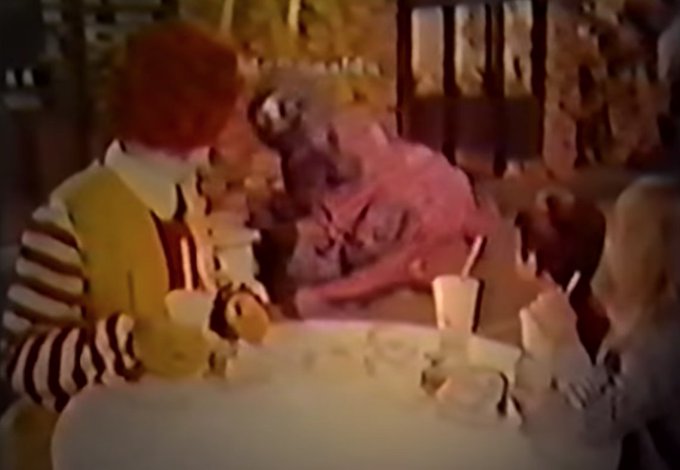Dark Origins of Famous Characters

February 27, 2023
•11 min read
Lots of people's favorite characters from cartoons, movies, tv shows and series have dark origins. Let's find out about the dark origins of famous characters.
They may bring joy to millions, but behind some of the colourful characters we know and love are backstories that’ll haunt your dreams. From the Simpsons’ best-kept secrets, to the true villain hidden at the heart of Star Wars, let’s explore the dark origins of famous characters.
10. Pocahontas
Going by the 1995 Disney film, you’d think the story of Pocahontas was one of history’s greatest tales of romance in the face of adversity. Unfortunately, historical accuracy isn’t the movie’s strong point, and the reality was much different for Pocahontas.
For starters, Pocahontas was merely a nickname, believed to mean “playful one”. The legendary Native American’s real name was Matoaka, and she was actually around 10 years old during her correspondence with the film’s male lead, John Smith, who was 27. With that age gap in mind, you’ll be relieved to learn that the movie’s romantic elements were entirely fabricated, and the pair were never romantically involved. Not that Pocahontas would want to be, either. Even ignoring the age gap, Smith’s real-life counterpart was a far cry from the empathetic soul he became in the film. Smith, like many colonists of his time, was known to be a harsh, sometimes cruel man with an authoritarian outlook. On top of this, the iconic scene where Pocahontas saves Smith’s life was based on wildly-exaggerated stories told by Smith himself.While Pocahontas did work as a translator and ambassador for the Powhatan people, her real life took a dark turn as she grew a little older. The Native American man she married as a teenager mysteriously disappeared, and she was captured and married off to a colonist named John Rolfe soon after.9. Jar Jar Binks
In 1999’s Star Wars: The Phantom Menace, Jar-Jar Binks’ purpose was supposedly to bring laughter to the film, but for many viewers he was just plain irritating. For some, he even signified the ruin of the series. But Jar-Jar may be much worse than simply annoying.
According to one fan theory, he was originally planned to be a major villain waiting to pounce! Reddit user Lumpawarroo has theorised that Jar-Jar was a secret Sith Lord who would have been revealed as an ally of the sinister Palpatine, had George Lucas not changed his mind.It sounds crazy, but Lumpawarroo’s evidence is surprisingly compelling. One suggestion is that Jar-Jar is a practitioner of the ancient martial art of Drunken Fist Wushu. The fighting style looks deceptively clumsy but is actually calculated and precise, leading opponents to underestimate a fighter.8. Grimace
If you didn’t already know, this is Grimace, Ronald McDonald’s purple blob of a pal.
What is Grimace? jennysonline.blogspot.com/2021/09/what-i… What exactly is a GRIMACE? The internet is even more perplexed as a result of a McDonald's manager's interview. #mcdonalds #happymeal #mcd #mcdonald #bigmac #s #mc #Grimace #SarcasticGamer #SarcasticReview
I was today years old when I found out Grimace was originally called 'The Evil Grimace' and was a monstrous, four-armed villain who stole (and probably ate children.)
7. Three Blind Mice
The lyrics of Three Blind Mice are nasty enough already; in short, three disabled rodents are partially dismembered by a farmer’s wife. But the nursery rhyme gets much darker when you realize who it’s actually about.
The farmer’s wife is thought to have originally represented Henry VIII’s daughter, Queen Mary I! First published in 1609, the rhyme is supposed to be an allegory for the deaths of 3 Protestants by Queen Mary’s command in 1555.Mary was a strict Catholic and was notorious for her persecution of Protestants. The nursery rhyme’s use of ‘blind’ to describe the three mice reflects the popular, Catholic condemnation of the Protestants’ supposedly-incorrect views.
6. Moe Szyslak
Fans of The Simpsons will know that the hilarious-tragic, cranky bartender Moe doesn’t take lightly Bart’s regular prank calls. But few people realise these prank calls actually have a basis in reality.
Their origin lies in a real-world Jersey City dive bar in the 1970s. The owner of the bar, Louis “Red” Deutsch was the inspiration for Moe but was toned down onscreen to a more TV-appropriate level by voice actor Hank Azaria. Deutsch was the repeat victim of serial telephone pranksters Jim Davidson and John Elmo.The two recorded their calls to the easily-infuriated, hyper-aggressive bar owner and compiled them into a series of cassette tapes, which became popular in the 80s. Deutsch’s cartoon counterpart seems veritably angelic compared to the real-life bar owner, who has a vocabulary filthier than a Jersey City dive bar restroom.
5. Shrek
The protagonist of the 2001 classic, Shrek, spends his days finding the beauty in the uglier things in life. But that becomes even more significant when you hear about who may have inspired him.
Maurice Tillet was a wrestler of Russian-French origin, who was afflicted with a medical disorder called acromegaly. This condition caused the bones in his face, hands and feet to grow far larger and thicker than normal. When he became a professional wrestler in the 1930s and 40s, his unusual features earned him the nickname “the ogre of the ring”.4. Dumbo’s Crows
In Dumbo’s recent remake, one character who didn’t return was Jim Crow, the leader of a group of crows who’ve become highly controversial for a couple of reasons. Firstly, the birds are now seen as racist caricatures of African Americans. Secondly, the name “Jim Crow” refers to a set of laws in the 19th and 20th centuries that promoted racial segregation in the USA.
The Jim Crow laws only truly ended in 1965, so when Disney’s animation hit the screen in 1941 it likely stung for African American audiences hearing those words. If you want to be even more depressed, then how about the story behind Dumbo himself? The character draws inspiration from an African elephant named Jumbo, who was extremely popular in Victorian London.
3. Dr. Nick Riviera
Another decidedly-dodgy Simpsons character is Dr. Nick, whose shoddy medical practices inspired some of the show’s funniest scenes.
But the inspiration for Nick’s malpractice was a real man: Dr. George Nichopoulos. George, known as Dr. Nick to his clients, was no ordinary doctor, though; he was responsible for the healthcare of the King of Rock & Roll himself, Elvis Presley. The real Dr. Nick was Elvis’ physician for the last decade of his life, and became infamous for over-prescribing doses of amphetamines, tranquilizers and other drugs. In 1980, he was indicted for his pill-happy procedures with Elvis and his other famous clients. While he was not charged with responsibility for Elvis’ death in 1977, many believe his medical irresponsibility was to blame for the musical legend’s demise.2. The Tin Man
The 1939 classic, The Wizard of Oz, is full of heart-warming characters like the Tin Man. But going back to the source material reveals a brutal and shocking backstory to the charismatic bucket of bolts. L. Frank Baum’s original 1900 novel reveals the Tin Man’s origins as a lumberjack named Nick Chopper.
Nick was deeply in love with a Munchkin servant of the Wicked Witch, and when the green face found out, she saw an opportunity for some villainous mischief. She placed a curse on Nick’s axe, which in turn cut off his limbs, one by one. But like a bionic woodland superhero, Nick replaced the limbs with metal prosthetics.


1. Marge Simpson
If you’ve ever wondered why Marge Simpson has the ridiculous blue beehive she does, prepare to have your mind well and truly blown.
Being married to a man like Homer Simpson has certainly taken Marge’s life down some strange paths. But when you hear what show creator Matt Groening originally had planned for the Simpsons’ family matriarch, you'd be shocked. Groening’s planned idea was to connect The Simpsons to one of his earlier creations; a comic strip named Life in Hell. The comic revolved around a surreal cast of fez-wearing twins and, more relevantly, humanoid rabbits.





















](https://beamazed.b-cdn.net/dfhvoxjgb/image/upload/v1716777901/genius-ideas-that-should-exist-everywhere-part-4/5v95m4coqagBP9aP4lktIH.jpg?width=400)


](https://beamazed.b-cdn.net/dfhvoxjgb/image/upload/v1716776921/places-you-should-never-ever-swim-part-2/7eNJOd7xVdFWq6D8Y4jPTh.jpg?width=400)






